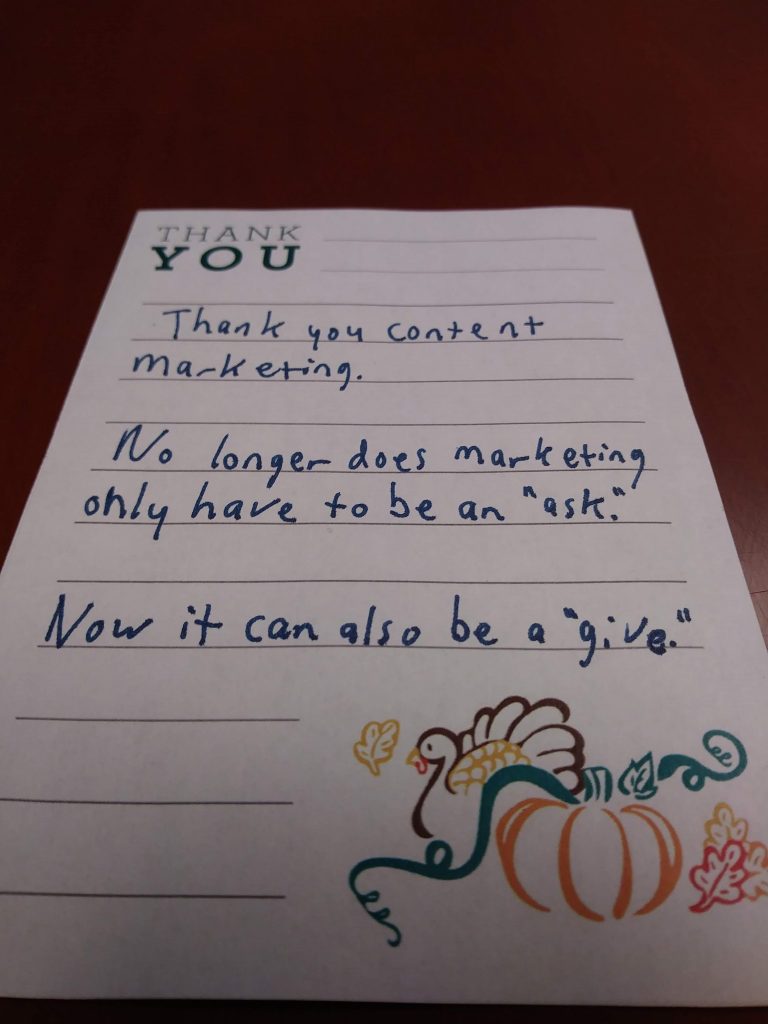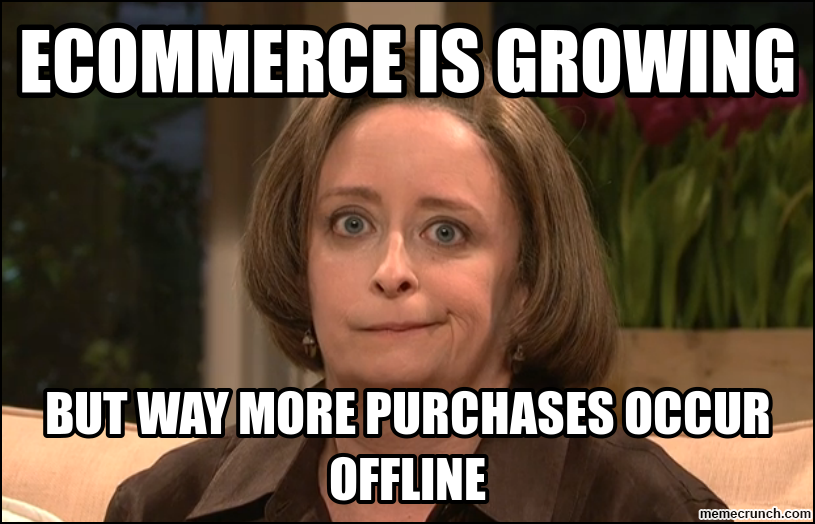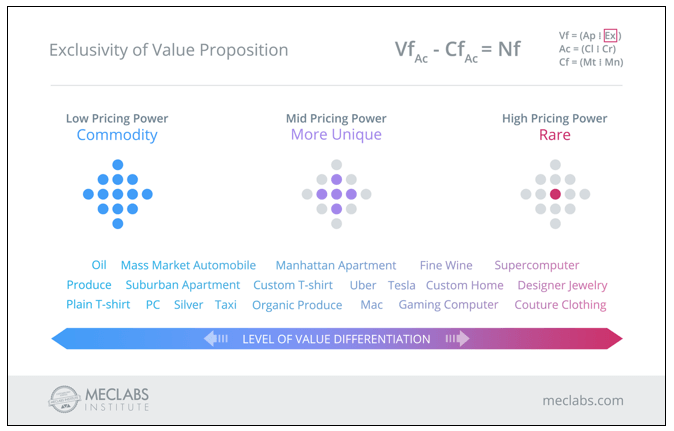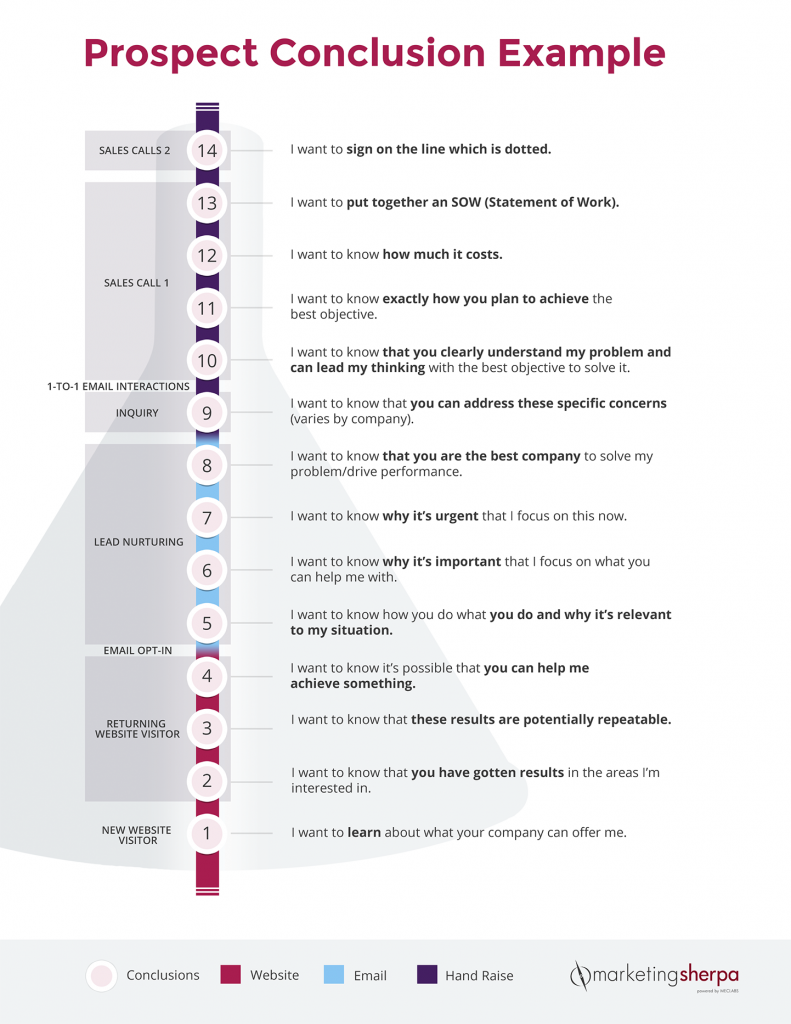MarketingSherpa Podcast Episode #1: The role of the human connection in your marketing
Marketing and technology go hand-in-hand these days. And the addition of technology has created some incredibly powerful abilities for marketers.
But…
We’re still just human beings trying to get a message out to other human beings.
So what role should that human connection play in your marketing? It’s a topic we cover in MarketingSherpa Podcast Episode #1 — you can listen to below in whichever way is most convenient for you or click the orange subscribe button to get every episode.
Listen to the podcast audio: Episode 1 (Right mouse click to download)
Welcome to the new MarketingSherpa podcast
I can’t say this is the first MarketingSherpa podcast. Long-time readers know that MarketingSherpa has been publishing and producing helpful content since the early days of marketing and has had a podcast before. In fact, MarketingSherpa has written about marketing for so long that our first article about podcasting was published three months before Apple added formal support for podcasts in iTunes (If you’re curious, see Integrated Ad Campaign Results – Podcast + Avatar Banners + NYC Bar Coasters published on March 22, 2005).
But this new iteration of the MarketingSherpa podcast is our latest attempt to provide you the insights and information to help you do your job better. Plus, we attempted to make this a fun and lively discussion.
We’re not sure if we’re going to do a podcast long-term, but we figured it was worth a 90-day experiment (so if you have any feedback, please let us know).
A little insight into our thinking
Since you’re marketers as well, we thought you might be interested in some of our thinking behind the reason we are deciding to experiment with this format for our audience.
When deciding what channels to embrace, it is important to understand if your ideal customer is there and using it already. It’s all too easy to follow the hype. After all, even if a channel is “free” like social media or podcasting because it doesn’t require an immediate monetary outlay, nothing is ever truly free. As MECLABS Institute Managing Director and CEO Flint McGlaughlin said in a recent MarketingSherpa blog post, Burn your “also(s).” Every new channel you invest in, every new social media account you open, every new content type you create diverts your team’s limited time and attention from something else. (That’s why we’re launching this 90-day experiment to gauge if the podcast is a worthwhile investment of our time and attention long term).
In MarketingSherpa’s case, we have a business audience (marketers), and the data says that a large group of business people listen to podcasts. Most notably, 44% of business people in a senior role who know what a podcast is are listening to podcasts, according to LinkedIn data published on MarketingCharts.com (only 8% of respondents didn’t know what a podcast is, so this constitutes a lot of senior role department heads, VPs, owners and C-suite execs listening to podcasts).
Because our audience is professional marketers, they tend to like visiting our website from the workplace. In fact, looking at our website analytics reminds me of the gently rolling waves of Jacksonville Beach (which is where I prefer to spend my weekends rather than reading marketing content online, so I can’t blame you for reading more during the week). Look at the clear dips in pageviews on the weekend.

















